Blog #88 Photo Contests: To Judge or To Be Judged?
Blog #88 Photo Contests: To Judge or be Judged?
Photography is a funny business. Countless aspiring artists are throwing their work (and hard earned greenbacks) at contest after contest. I’ve fallen victim to this practice in the past myself. Desperate for critique, in the name of self-improvement, the neophyte will do anything to get eyes on their work. But whose eyes? Is all critique equal and valid? I think not. I have been fortunate enough to have an image chosen for a project on National Geographic by an editor so I'm not just being sour grapes. Also, Nat Geo does not charge for their assignments.
Perhaps you’ve read about how “likes” (👍🏼) are actually hurting your creative process. You should not really care if others like your image, per se. What you ultimately need to know is whether or not the image “works” and why. Social media rarely [if ever] provides proper, informed critique.
Friend and photographer Mike and I started a Facebook page titled “Just Critique” to attempt to fill this void of valuable critique with our work. We welcome other photographers to join the page. The rule is simple, post one, critique one.
In February, I will host a free (one-time) workshop with Shutter Alliance . The workshop will be very small to accommodate a critique session component. There will be a one hour presentation (mostly on composition), some time for some street photography, then we’re back indoors to dump images into Lightroom for a critique on your best three. We will discuss, in a public forum, what works, what doesn’t and equally as important why.
People learn through consequences. Critique by informed people aimed at constructive criticism will be a valuable process that most of us don’t get enough of. So we’re judged and then we judge, both judge and jury. Case closed.
The light is always right.
Jhg
**Images below were shot recently with 35mm & medium format (120) film & an iPhone. I was aiming to do some architectural, cityscape images. Shooting anything is good practice, therapeutic, and plain old fun.**
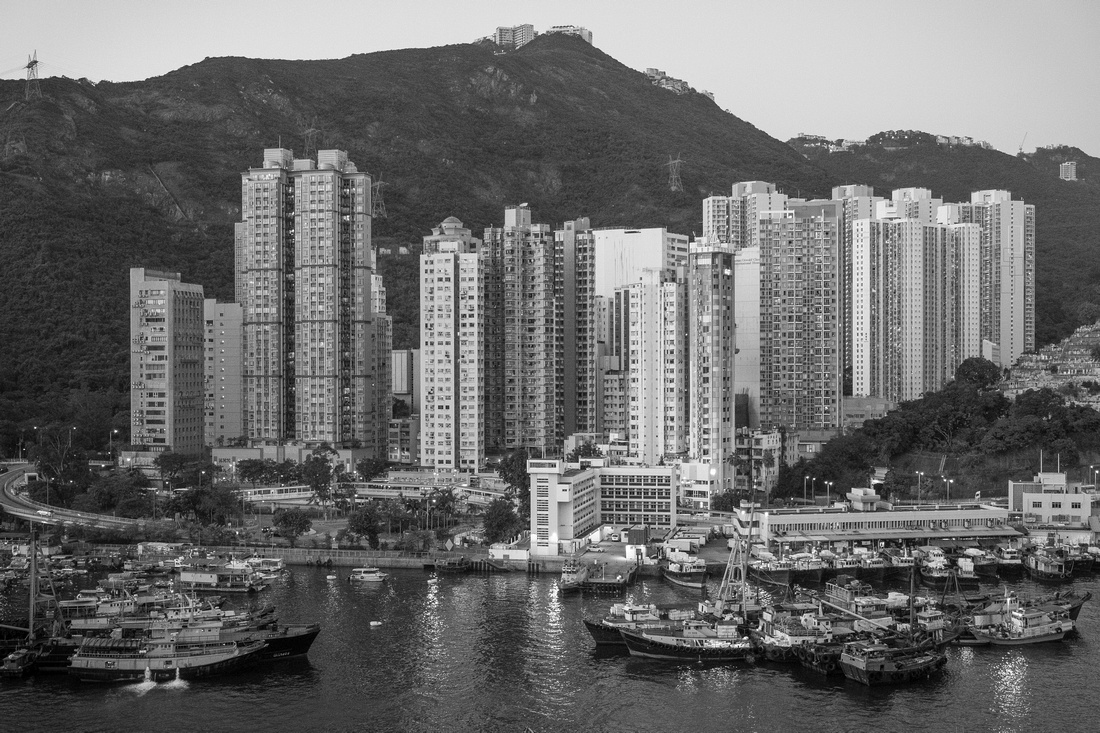

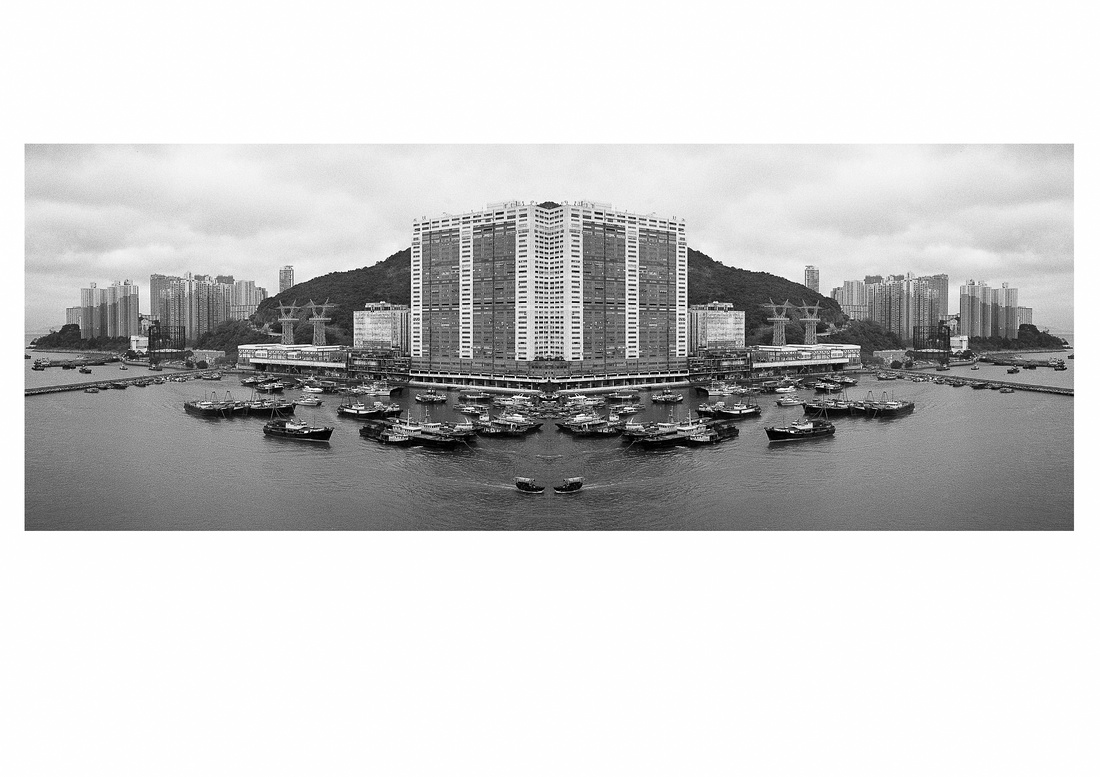



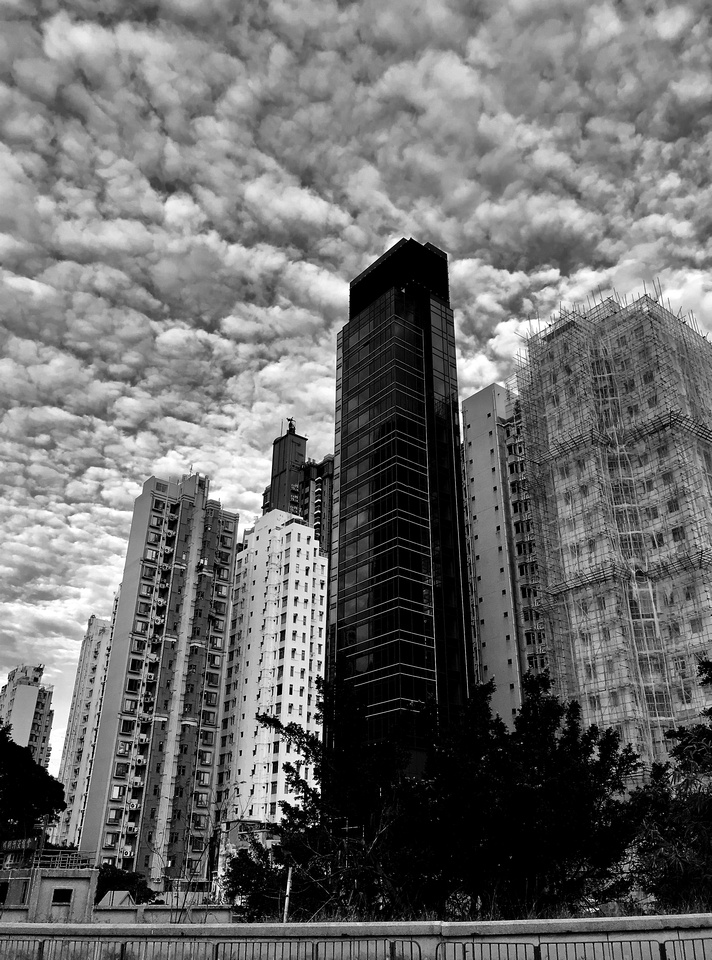

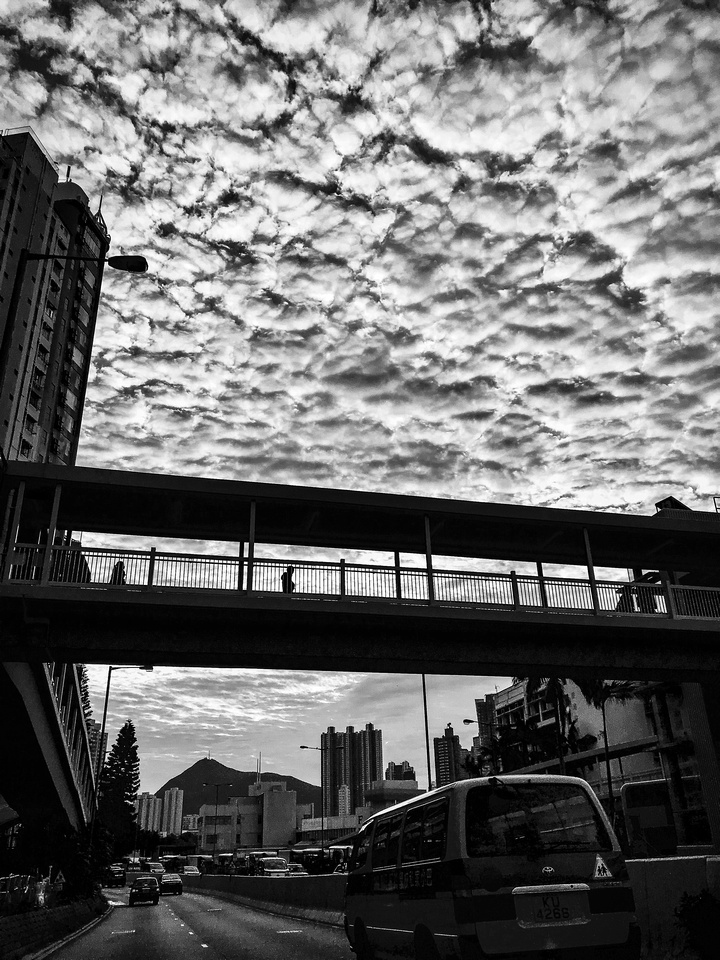



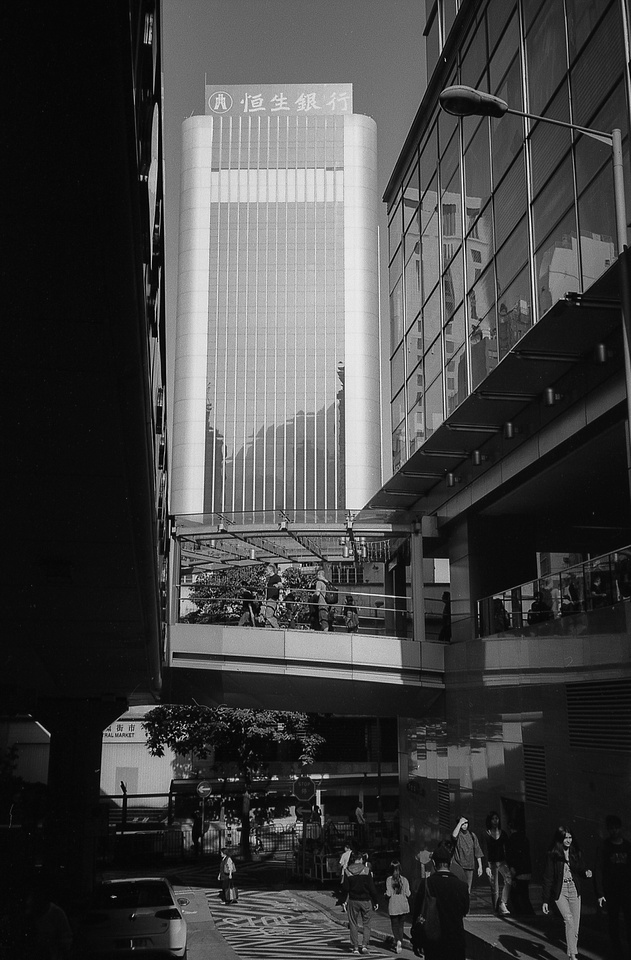

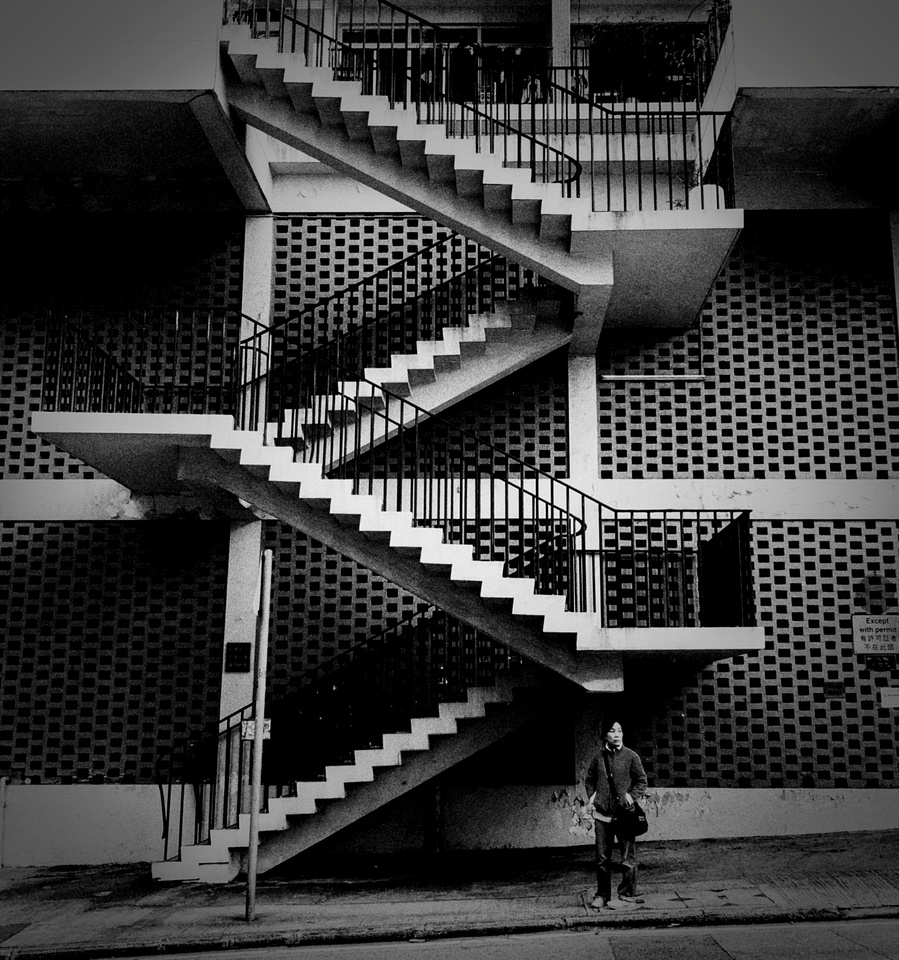

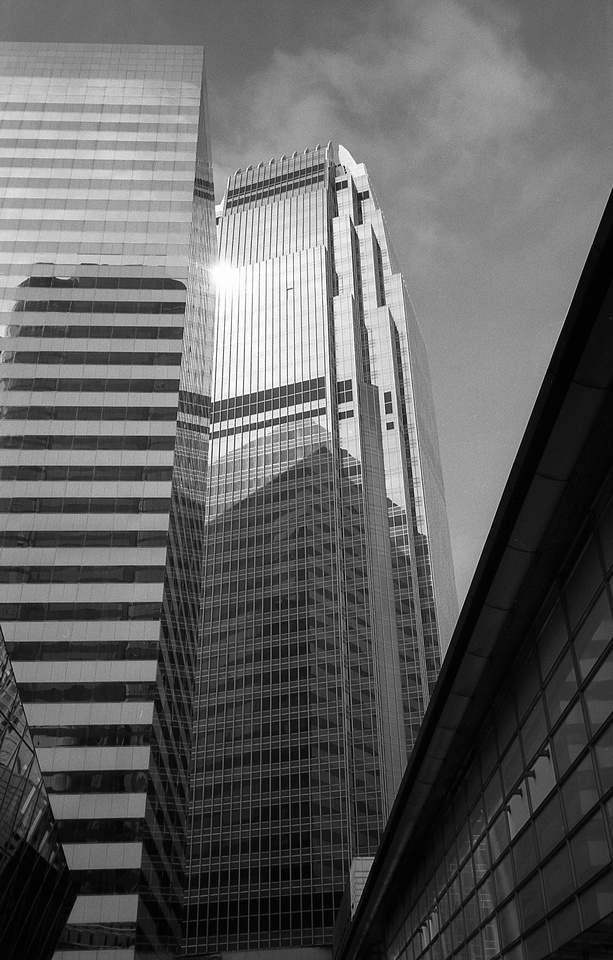





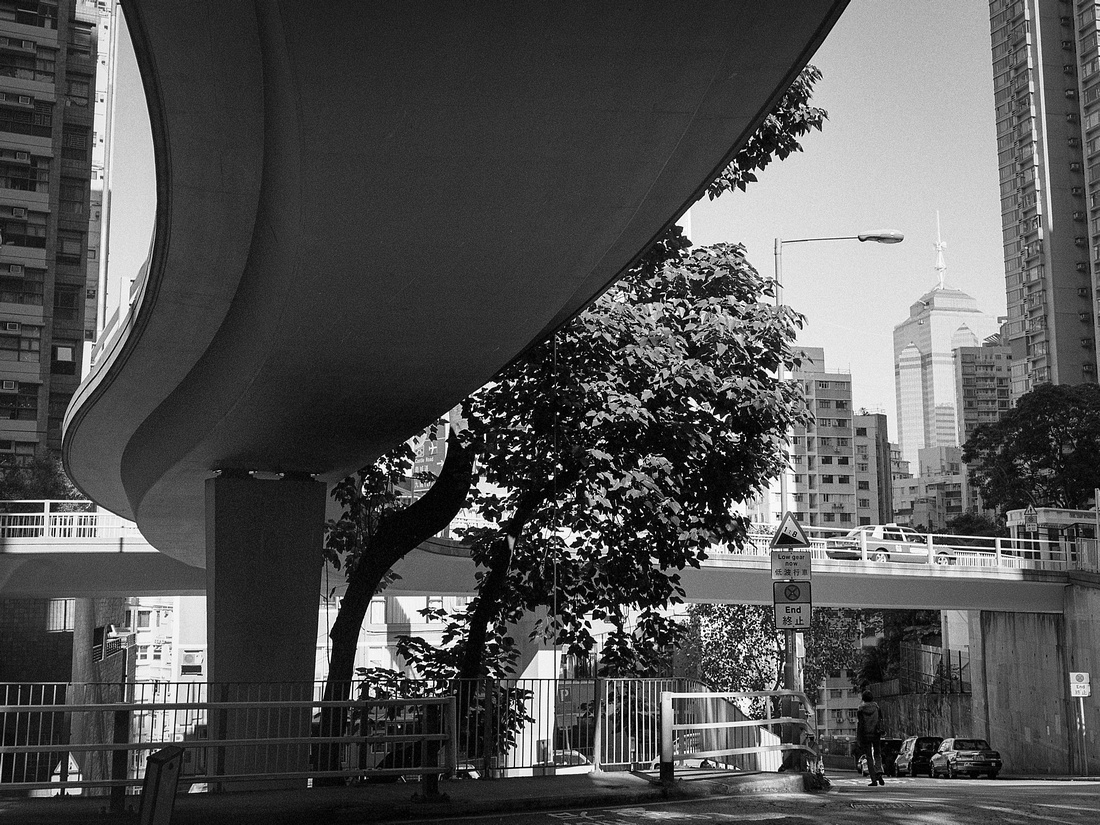

Casual Photophile Tip & Techniques No. 001 The Subject is the Subject
The Inspired Eye Photography Magazine Issue #40 (full interview)
Hong Kong Free Press: HKFP Lens
Blog #47 Composition, Composition, and More Composition
Blog #65 Summer is for Travel (Hanoi)
Blog #67 Risks, Rules, & Restrictions
Blog #68 Photography is a Gift
Blog #72 Living the Creative Life
Blog #87 Five Reasons to Love the Fujifilm X-E3
Blog #87 Five Reasons to Love the Fujifilm X-E3
It has been said that there is really nothing new under the sun. While I partially agree with statement, the Fujifilm X-E3 mirrorless rangefinder is something of a marvel. If you have been following my blog posts, you know that I rarely rattle on about gear. In fact a recent blog post, I stated that gear really doesn’t mean much although I used a different word for much. I do believe that to make outstanding images you don’t need a lot. You can make a camera out of a shoe box and it might win you some wall space in the MOMA. This is true. However, there are basically two types of cameras, film or digital. There are many sizes, shapes, colours, and formats for film and the same is true for digital.
The mirrorless digital cameras are all the rage these days and If I have a dollar from every online post that reads “Selling all my Nikon gear, get ready, here I come Fujifilm!” I could buy that vintage Porsche that I’ve been drooling over. I’ve been a Fujifilm fan boy for some now. Basically, these cameras are the only digital ones that I own and are more than suitable for professional work. My Fujifilm progression has been fairly predicable going from the X-T1 to the X-E2s, to the X-T2, to the X-E3. I still have all of these. There are easily more than five reasons to love the new X-E3 (E3) but five is manageable number and no-one cares to read more than that anyway, so here it goes. I will tell you straight away my only complains are the following. It should have a second SD card slot, weather proofing, and a built in flash. Wait, that’s basically an X-T2 without the flash and I have one of those already. Nevermind, just read on.


- Ergonomics
So let’s say you’re shooting an event for a few hours or walking around Rome all day. You want a small, light, capable machine. The E3 can easily be that machine. Twist the 18mm f/2 Fujinon lens (also very small and compact) and you’re ready to roll.
The E3 is an improvement over the E2s as you might expect. Fujifilm removed the built in flash and performed some other black magic to actually stuff a more powerful (APS-C 1.5x cropped size) sensor in the body while making the overall case smaller AND lighter. The nip and tuck has resulted in an already pint sized powerhouse of a camera (E2s) being even smaller and lighter. In fact, an extra grip is a good idea since it gives a bit more to grab onto and prevents the nosediving that usually results from using zoom or larger lenses under hard braking. The joystick is perfect and of course in typical Fujifilm manner, all of the main controls are easy to grab and adjust while shooting. I almost never need to go more than 1-2 clicks into a menu to change a setting. It’s all just so easy peasy. Cameras are tools and each of us has our preference and dare-I-say an emotional attachment to these lightproof boxes. It’s worthy of mention that the E3 takes ALL X-mount lenses in the Fujifilm lineup and with an adapter can be made to work with ALL lenses pretty much ever made. Select the “Shoot without lens” option when using manual lenses or the camera won’t work.
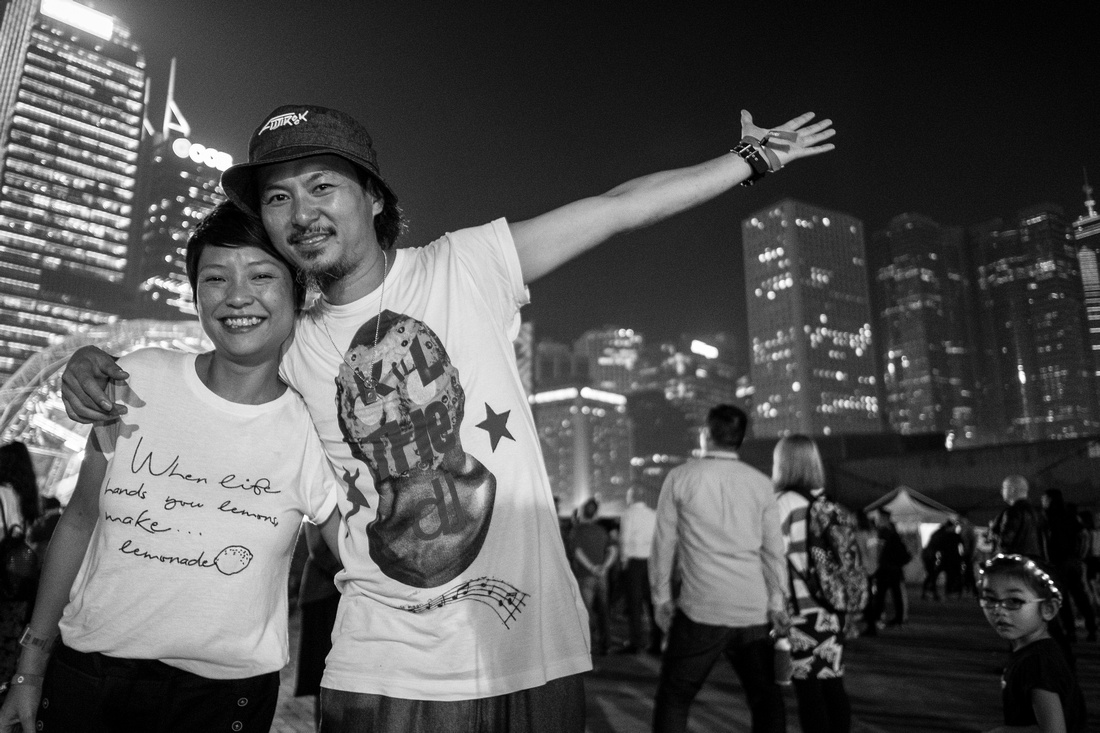

2. USB Charging
Using the wire that comes with, just plug it in to the connection jack under the side panel and plug and play. No need to deal with taking the battery out, and lugging around the larger battery charger. Just don’t leave the wire in your hotel room. The downside here is that if you bend the connector the entire mother board of the camera will need to be replaced and that will be pricey.


3. Bracketing
Ok so nerd alert on this item but bracketing has been given a lot of attention on this little gem. There are film simulations that we all know about right? These include multiple black and white, color, and filter looks that the camera will spit out as JPEG images. It does a pretty good job of this but I prefer to shoot RAW and use my own presets in Lightroom for 100% control of the RAW image file data in all of their glory. Yes, I’m a control freak. Anyway, there is a function where you can shoot like one image and the camera will give you that image plus up to three film simulation images in JPEG. Then, you can decide later which one you prefer. How cool is this?


The other bracketing function is that the exposure compensation dial near your right thumb has five settings and a “C” for custom setting for making images beyond five stops in either direction. This is a really nice function for interior and landscape work where you shoot on a tripod and then combine and layer the images for essentially an HDR (High Dynamic Range) composite image.
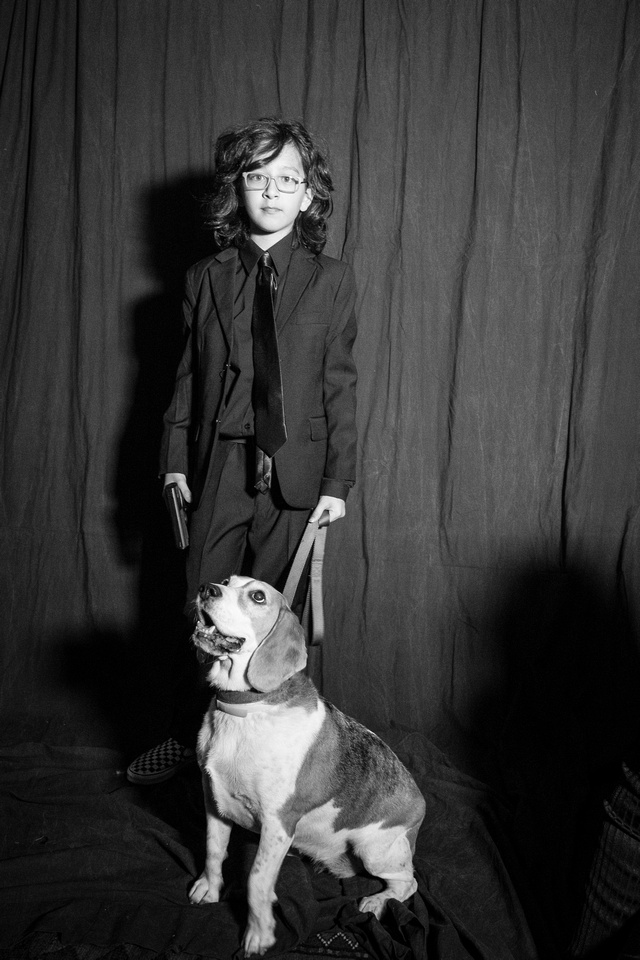

4. Touch Screen & Viewfinder
While the E3 is late to the party insofar as touch screens go, it’s got a 3.0” 1.04m-Dot Touchscreen LCD. That’s a lot of dots! Use the screen to tell the sensor and lens where you want to focus and SNAP! In image view mode, flip back and forth just like a touch screen smartphone like we are all used to doing. It’s intuitive and super convenient. The viewfinder is a 2.36m-Dot electronic type that is so smooth and fast you will forget that you are looking at a screen. It looks and feels like something in between an SLR and the HUD from ROBOCOP . If Steve Jobs were to use this camera, he would happily remark, It just works!.
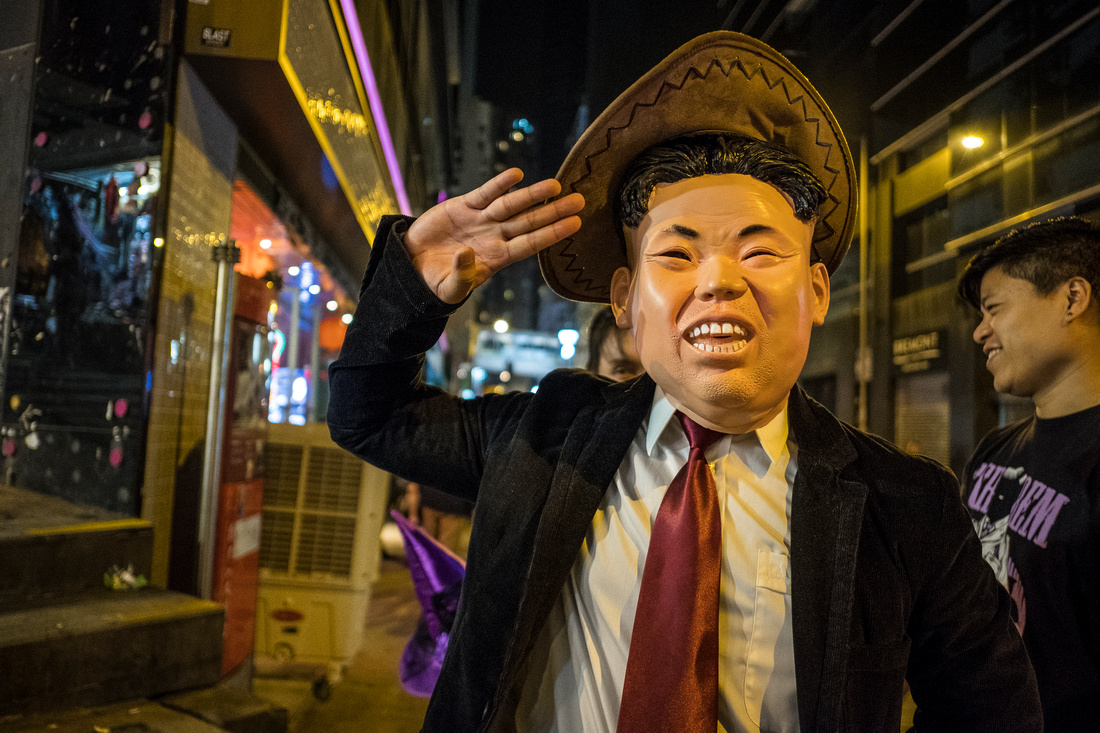

5. Sensor and Image Quality
The E3 uses a 24.3MP APS-C X-Trans CMOS III Sensor and X-Processor Pro Image Processor. While nobody other than a holder of a Masters degree in electrical engineering knows what that means, you only need to know that it has deeper pixels and more of them compared to previous generation sensors. You can be sure to count on excellent contrast, sharpness, and brilliant spot-on perfect Fujifilm color that comes from 80 years of film making heritage regarding the images from this sensor. The low light functionality has been improved as well.
The E3 is dynamite little camera perfect for professional work, travelling, and everything in between. I’m loving mine and just about wear it everyday. It’s a classic design with many up to date functions. Images are terrific and reliability and value are awhat you would expect from Fujifilm’s latest offering. It’s a welcome addition to my Fujifilm System and I expect to get some good mileage from this little E3.
Remember, the light is always right.
jhg
*Here are some sample images from the X-E3*
Lenses used in these images were: 18mm f/2, 23mm f/2, 35mm f/2, & 18-55mm f/2.8-4








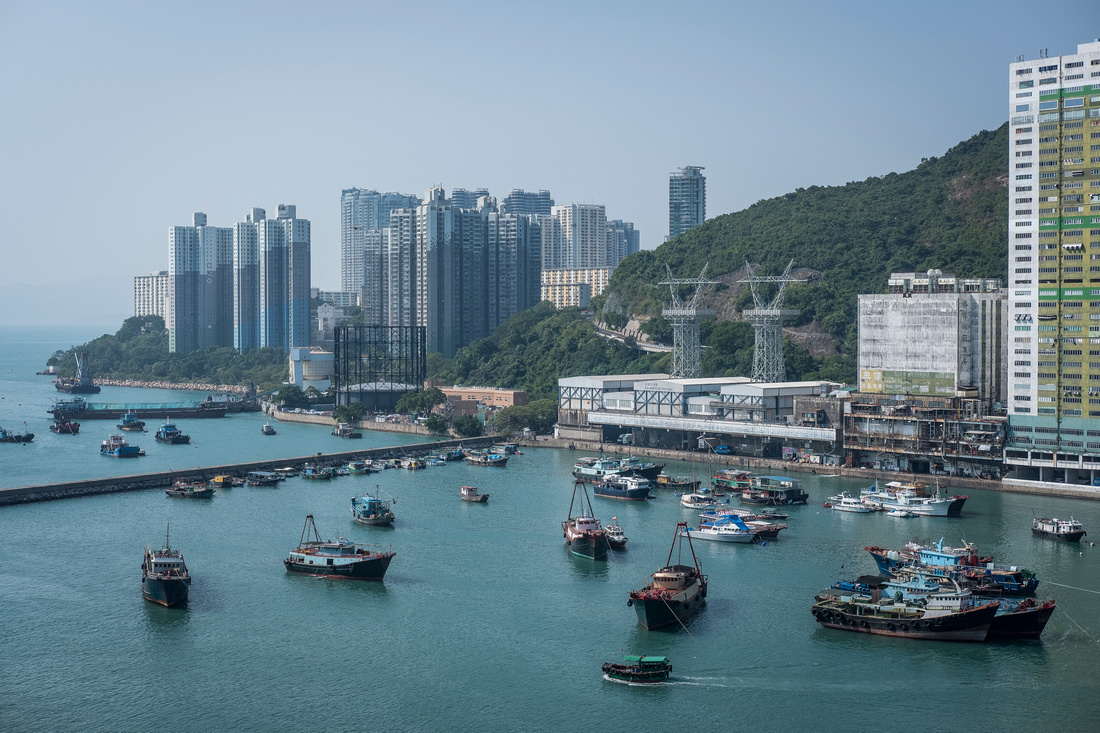



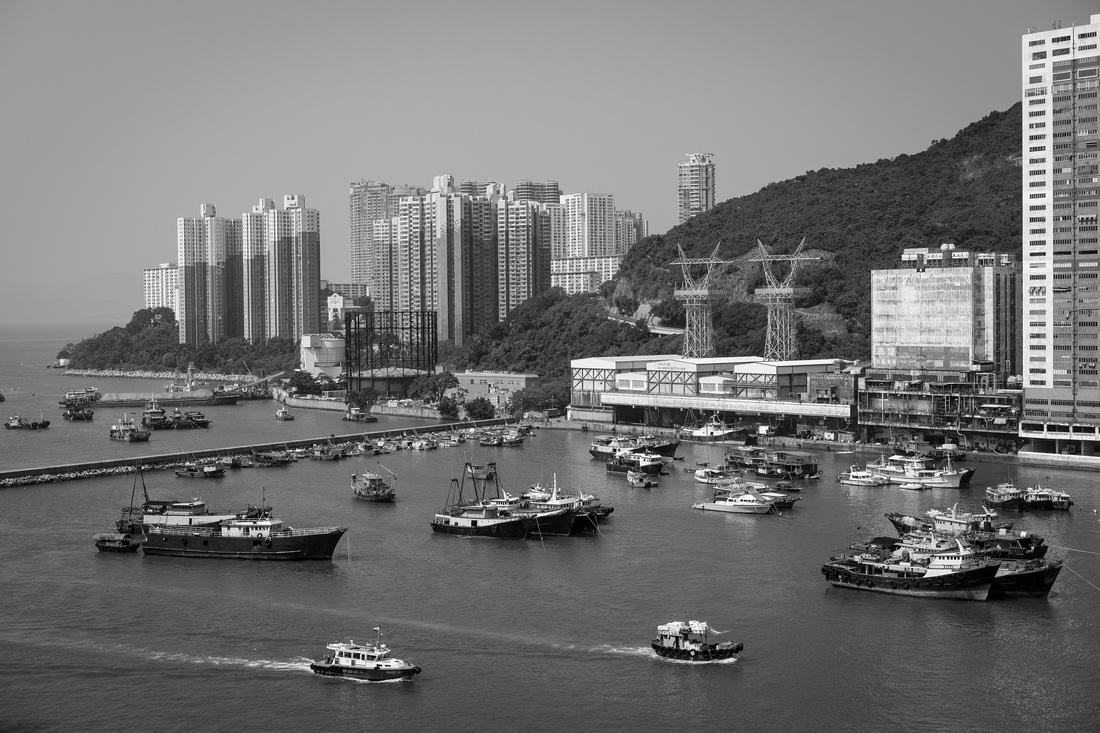

Casual Photophile Tip & Techniques No. 001 The Subject is the Subject
The Inspired Eye Photography Magazine Issue #40 (full interview)
Hong Kong Free Press: HKFP Lens
Blog #47 Composition, Composition, and More Composition
Blog #65 Summer is for Travel (Hanoi)
Blog #67 Risks, Rules, & Restrictions
Blog #68 Photography is a Gift
Blog #72 Living the Creative Life
Blog #86 Cycles
Blog #86 Cycles
Happy New Year!
It’s “that” time of year, again. The holidays are over. New Year’s resolutions have been drafted and we all get back to work with a renewed sense of purpose and energy. We all experience cycles in our daily life. We exist in the “work week”. There are monthly, and of course annual cycles involving events, holidays, and the like.
Your creative and productive life will experience cycles as well. This is inevitable. You cannot be hyper-productive, indefinitely, no matter how much coffee you gulp down. We must all rest and put the camera down from time to time.
Life happens. Personal and life events may support or hinder the creative process. This affects your artistic/photography life. Some creatives may even go through the effort of building in times of rest such as holidays or a summer respite. I encourage you to view these natural cycles as normal. View these times as healthy cycles in the creative process.
The “down times” can be used to catch up on reading lists, paint, or you can try another creative endeavour. Creative “cross-training” might be a good exercise. Over the recent holiday while travelling I bought some paint and brushes and will take a stab at painting. I’ve always wanted to try that out so this year, I’m going to do just that. I expect to gain some insight and experience developing my compositional technique. I’m curious to see how that goes. Wish me luck!
Remember the light is always right.
Jhg
*Images below were made on a family holiday to Taipei, Taiwan*
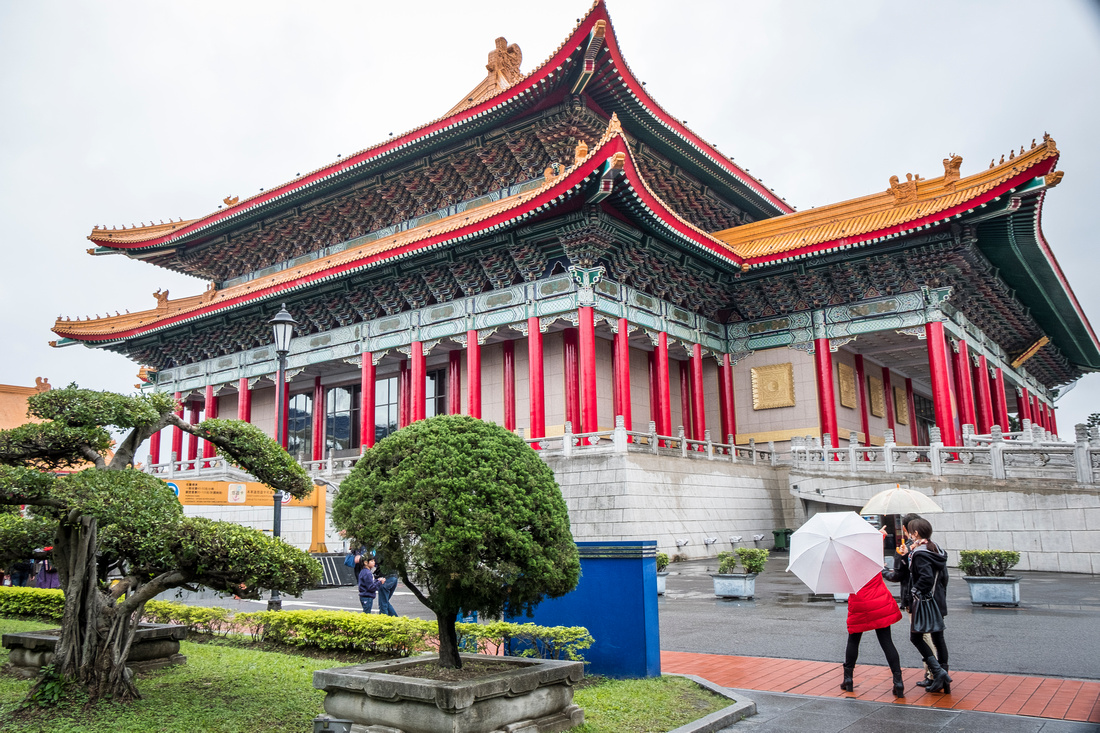

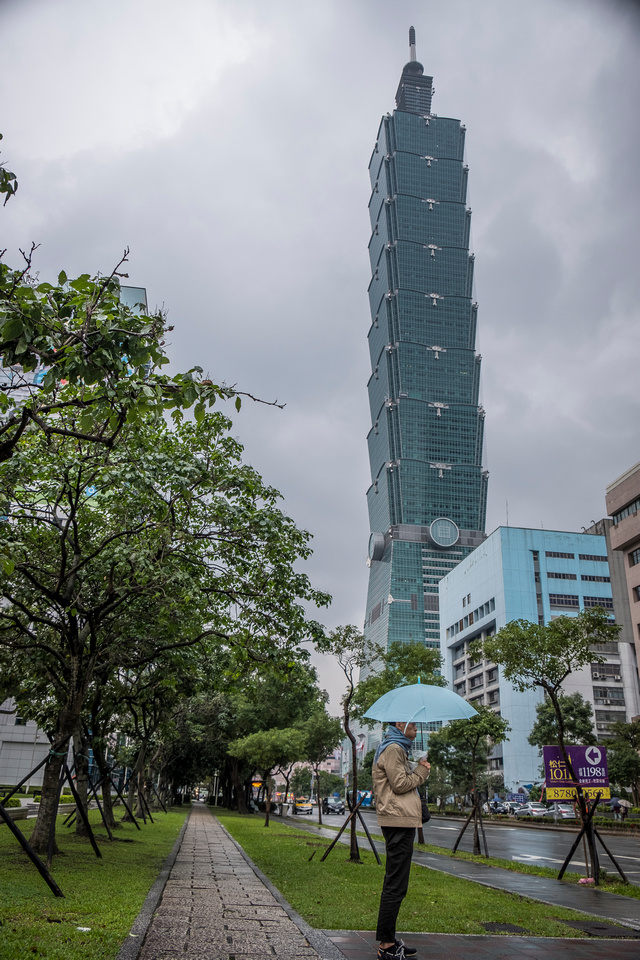

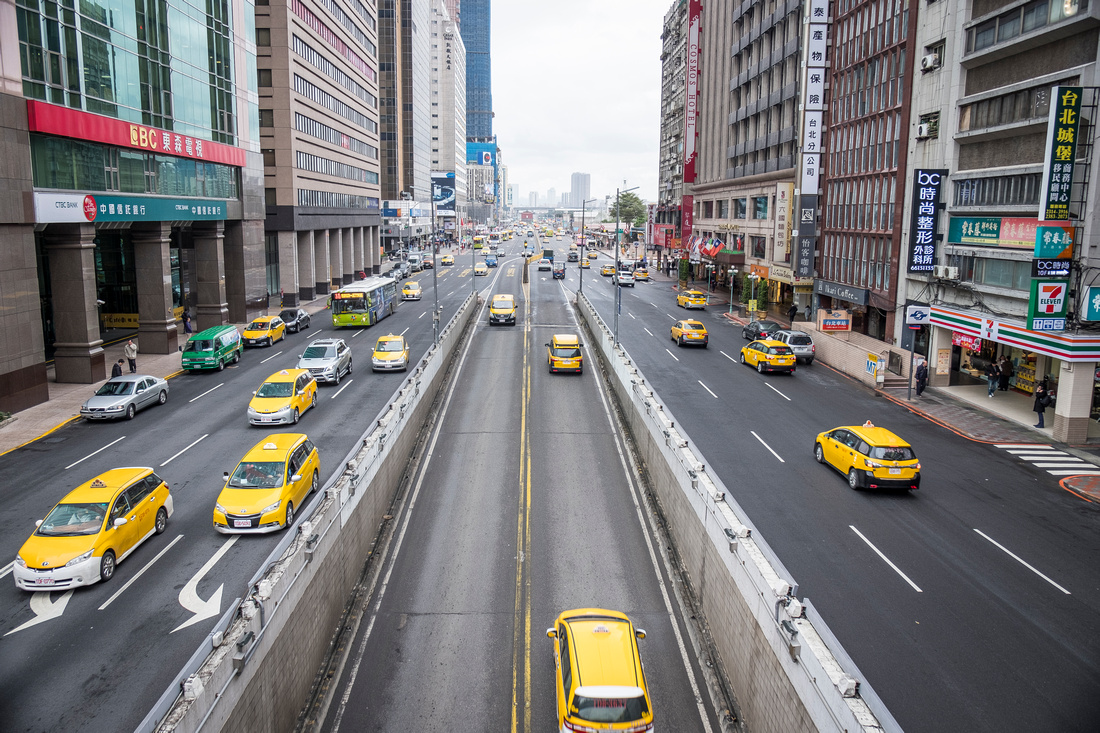



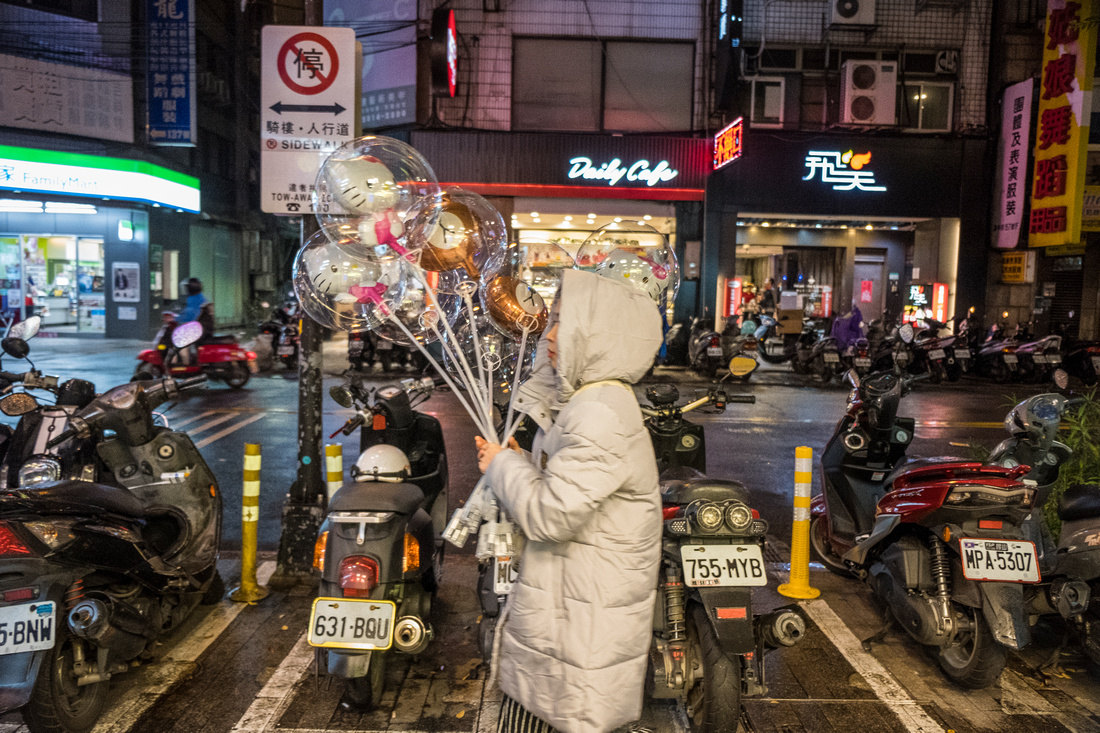

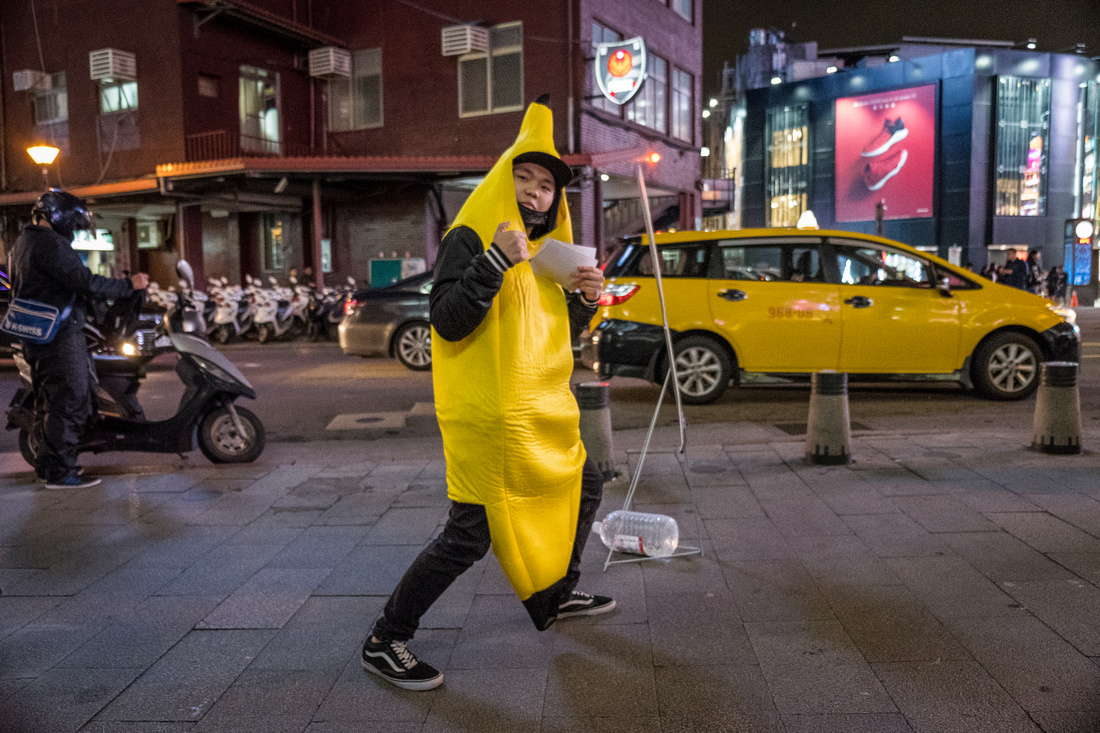

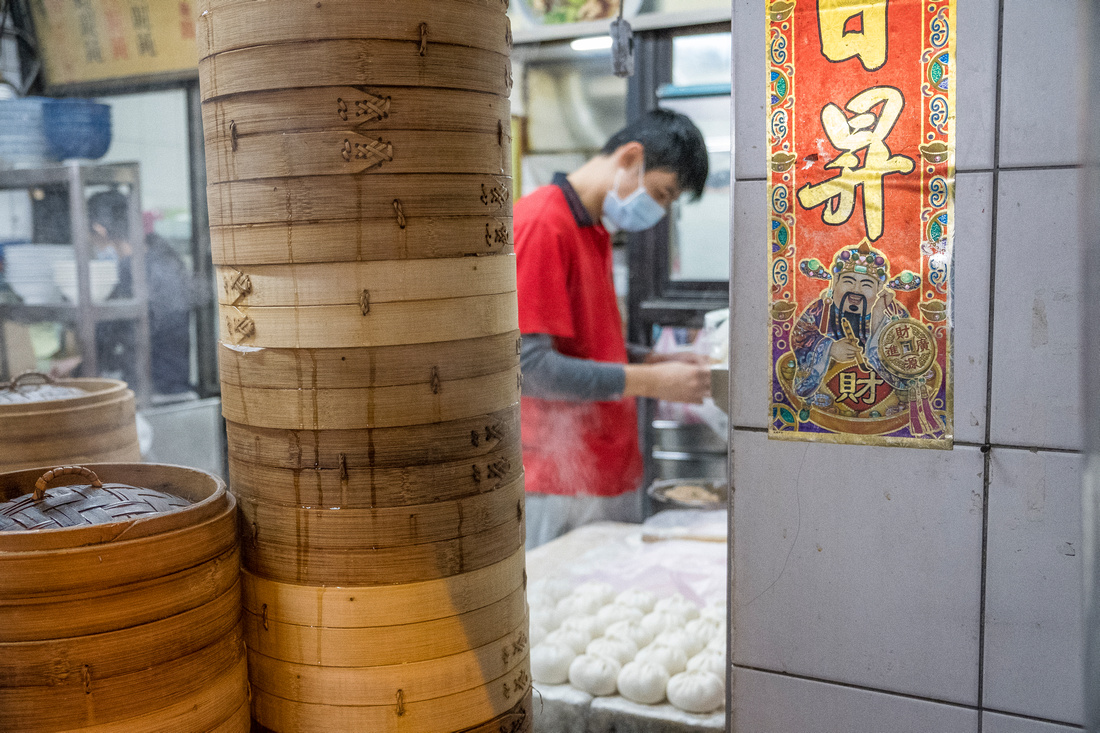

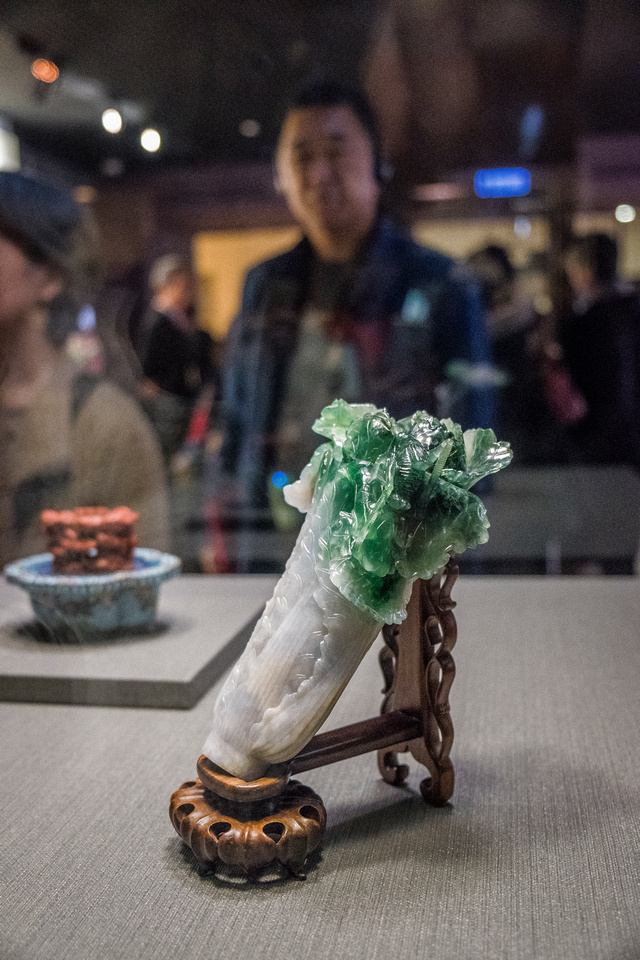

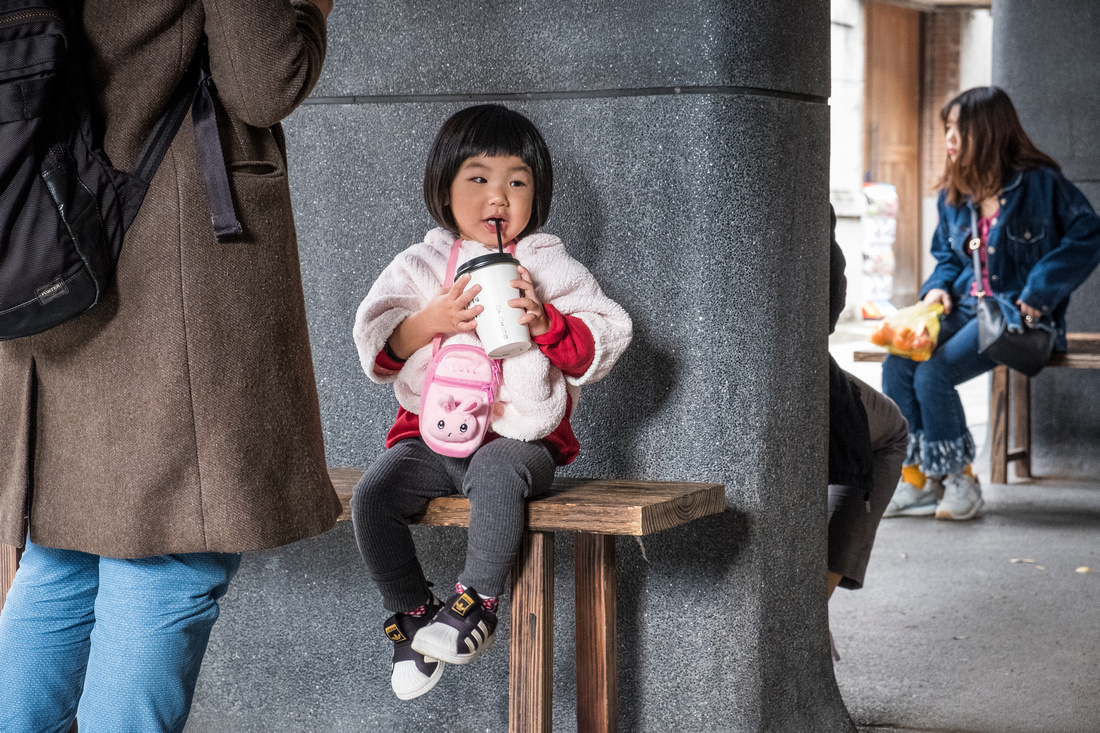



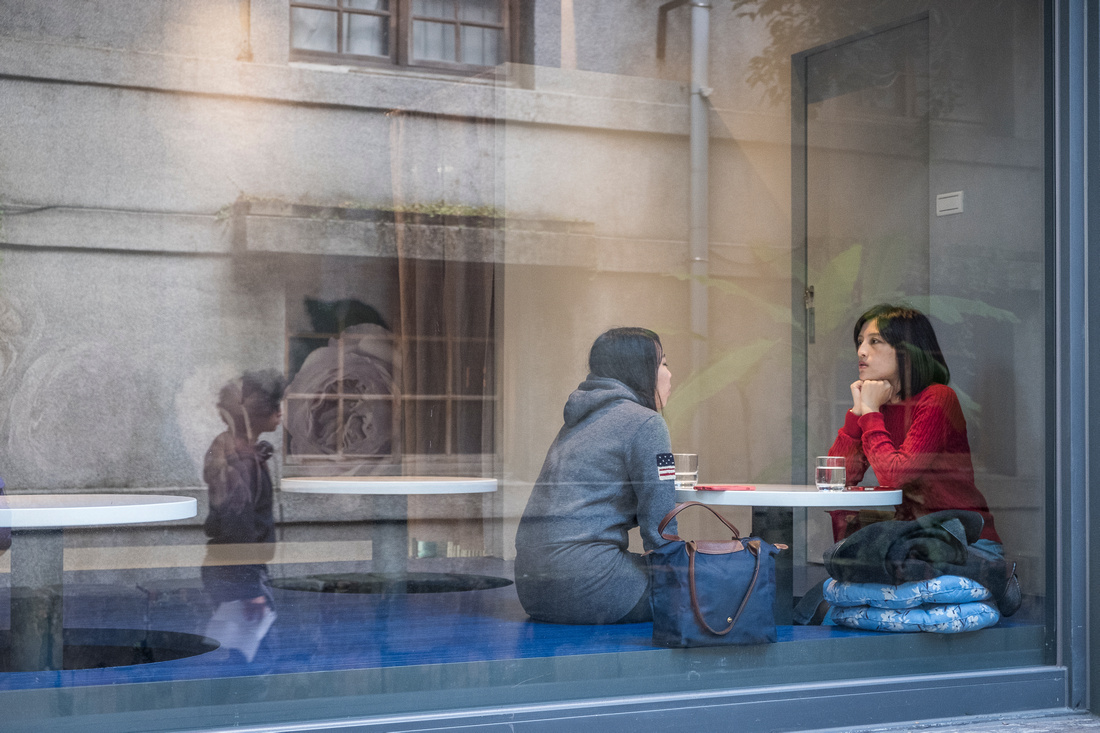

Casual Photophile Tip & Techniques No. 001 The Subject is the Subject
The Inspired Eye Photography Magazine Issue #40 (full interview)
Hong Kong Free Press: HKFP Lens
Blog #47 Composition, Composition, and More Composition
Blog #65 Summer is for Travel (Hanoi)
Blog #67 Risks, Rules, & Restrictions
Blog #68 Photography is a Gift
Blog #72 Living the Creative Life
Blog #85 [CAM/O]
Blog #85 [CAM/O]
For some reason recently I’ve been putting [brackets] on everything such as file names, titles, and folder names. There are three reasons that I think I am doing this.
- Brackets remind me of frame lines that are used within most camera viewfinders to give you the approximate edges of the frame. Since I’m totally obsessed with photography, this makes perfect sense and is the most likely cause of this quickly forming habit.
- Perhaps I’m reminded of the technique of bracketing or taking multiple images [usually 3 or 5] all at slightly different exposures and then combining those images to make an HDR [High Dynamic Range] image. This is true but not a likely cause of this behavior.
- The standard QWERTY keyboard has dedicated keys for the non-curved edition of the bracket, back to back, from your right pinky and the more commonly curved brackets or (parentheses) require the use of the shift key. This is inefficient and utterly nonsense. Who invented this asinine convention? I’m replacing the parentheses with the bracket from now on, who’s with me?
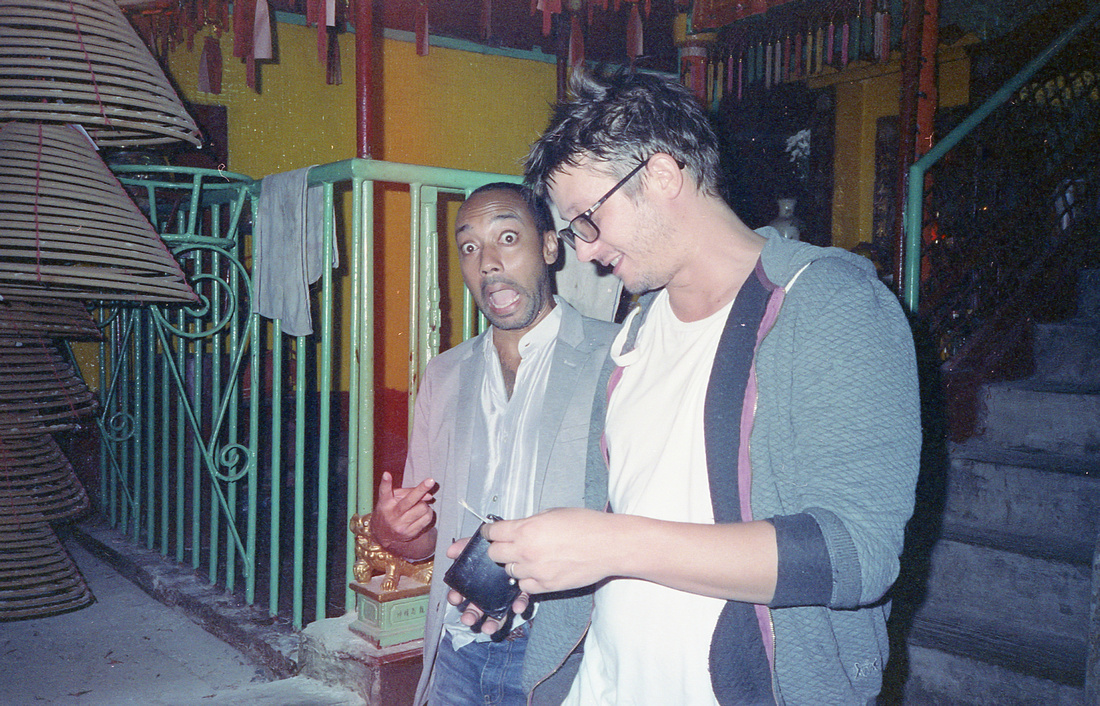

Actually, the purpose of this blog post was to share the three ingredients that are required to make images that work or images that may even be outstanding. It’s a simple formula, really. To help you remember it, I made up an easy to remember acronym [an abbreviation formed from the initial letters of other words and pronounced as a word].
[CAM/O]
Again with the brackets? Get used to it people, they’re here to stay.
So there’s your acronym and formula for making successful images. Here’s what it means.
1. Composition. There are like over a million words on this subject so I’ll be brief. Where will the subject be placed within the image in relation to the other objects? Think, How do I arrange this scene look awesome? This requires some deliberate thought and action albeit it may take a fraction of a second to actually execute in the real world. The term implies some additional effort to draw the attention of the viewer to your subject. Avoid placing the subject in the centre of every photo that you make. Change your point of view [POV]. This can be accomplished through various techniques that I have written about previously [here]. Albert Einstein famously said that “If you can’t explain it simply, then you don’t know it well enough”. Henri Cartier Bresson [arguably one of the best artist/photographers who ever lived] summed up composition in just one word, [Geometry].
2. Action. The subject of the image should have some sort of action going on. Think dynamic over static. A person can be posed or making a gesture that is strong and memorable. Gesture matters big time. Still life images and head shots or landscapes are more difficult to show action but the best ones arguably have this. Look at the sky in most Ansel Adams landscapes or Weston’s peppers. Use lighting in portraits to create action or drama.
3. Move/Out. Remove non-essential objects from the image or story. Watch the corners and check the background. Wait a few seconds for that dude to walk out of your frame, it’s well worth it. What you take out is as important as what you put in. This is best accomplished in the camera [see #1 above]. However, cropping may be necessary. Think less is more. Images may be simple or elaborate but only if required by the story. Alex Webb and Josef Kouldelka were masters of packing their frames with layers of chunky goodness and making delicious images that worked and worked extremely well for their complexity.
It’s easy to remember because it’s half of the words of camera. It’s a mnemonic device and therefore easier to remember [You’re Welcome!]. Camo is also a familiar word that is short for camoflauge and something that you might want to consider when dressing for candid street or event photography. Think all black.
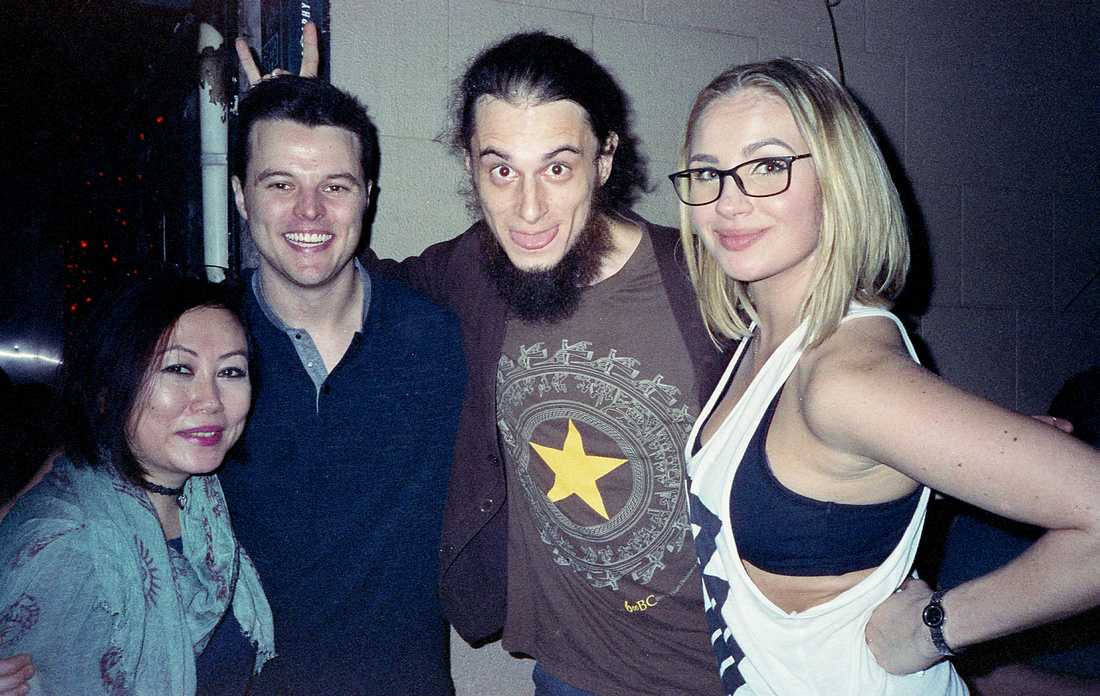

Let’s review:
You want make awesome images, don’t you? It’s easier said than done but write this on the top of your right hand next time you pick up a camera:
[CAM/O]
- Composition = Think, How do I arrange this scene look awesome?
- Action = Think, dynamic over static.
- Move/Out = Think, less is more.
Remember, the light is always right.
jhg
*Images in this blog post were shot on the streets of Hong Kong one night in November with a Nikon L35 and Cinestill 800 Color 35mm film.*
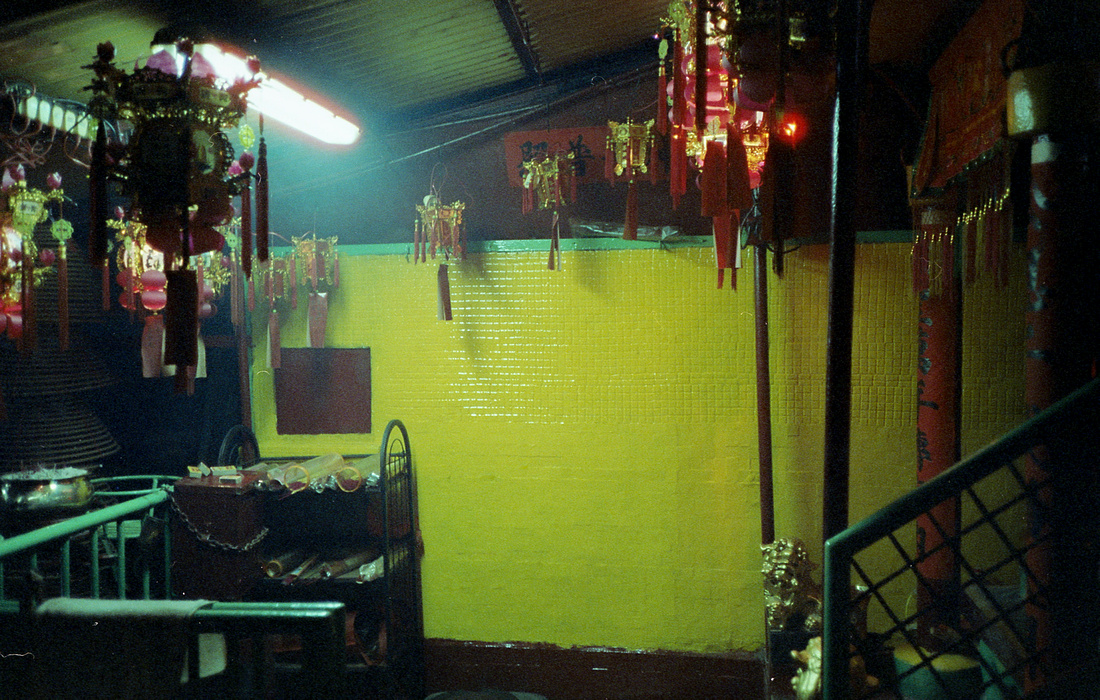



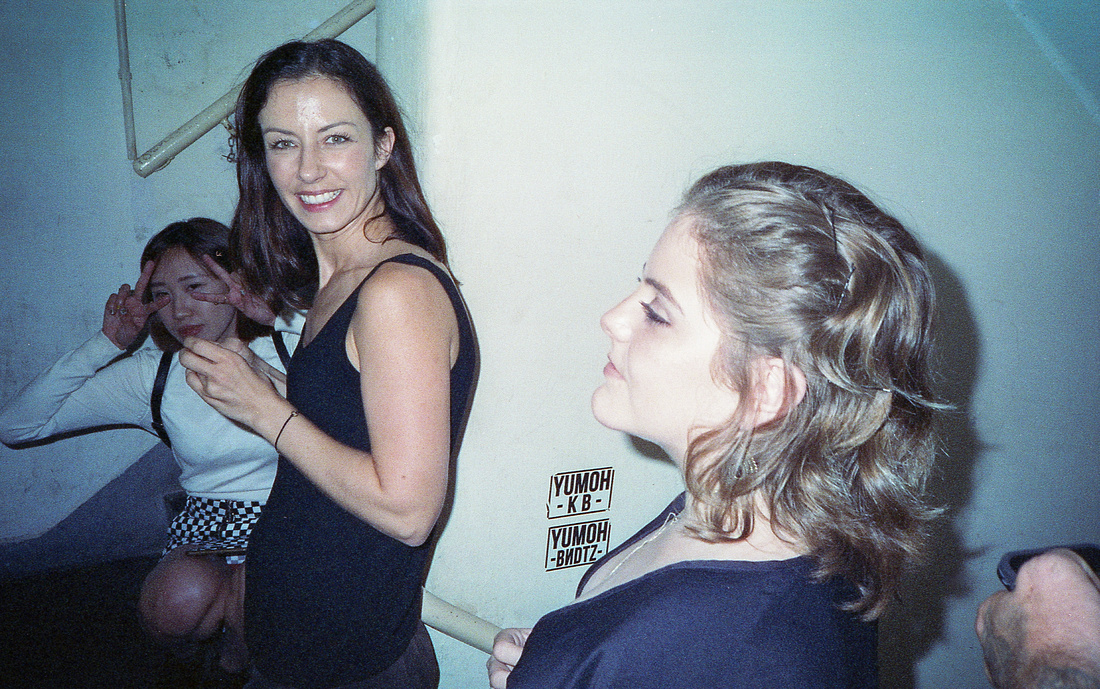

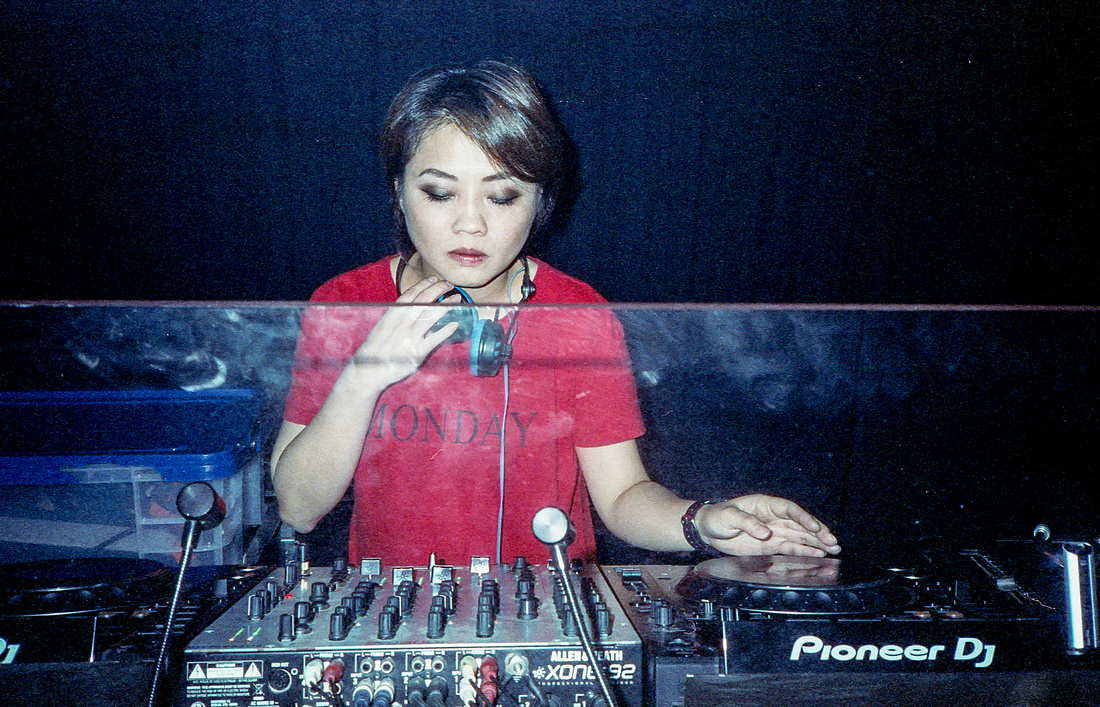

Casual Photophile Tip & Techniques No. 001 The Subject is the Subject
The Inspired Eye Photography Magazine Issue #40 (full interview)
Hong Kong Free Press: HKFP Lens
Blog #47 Composition, Composition, and More Composition
Blog #65 Summer is for Travel (Hanoi)
Blog #67 Risks, Rules, & Restrictions
Blog #68 Photography is a Gift
Blog #72 Living the Creative Life
Blog #84 Art as an Obligation?
Blog #84 Art as an Obligation?
While listening to a popular photography podcast recently, the host shared his perspective of making images [art] as an obligation. We are all individuals and therefore have a unique point of view of our own lives. Therefore, no one can make the art that we make except ourselves, he continued. If we don’t make the art of our own life, no one will. Therefore, he concluded, we must make the art of our own lives or else it will never be made and the world will lose out on something.
Obligation? Responsibility? While we can all comfortably can throw these words around when discussing marriage, parenting, or occupations that deal with life or death situations, like the police, a surgeon, or an airline pilot one does not easily consider the role of an artist as having the same call of duty.
If I told you that you have to make pictures, you owe it to the world, surely you would respond with a sidelong glance. I actually agree with the podcaster’s sentiment that we all need to be making art for ourselves, each other, and the world. Our lives are unique and only we can share art that we see and we make.
I think there is some value in taking on and accepting this point of view. It’s a selfless and altruistic stance and one that can provide us with a modest place in which to begin our creative process. You are unique! Your art is unique! Only you can make your art [photographs]. So you might as well get to it.
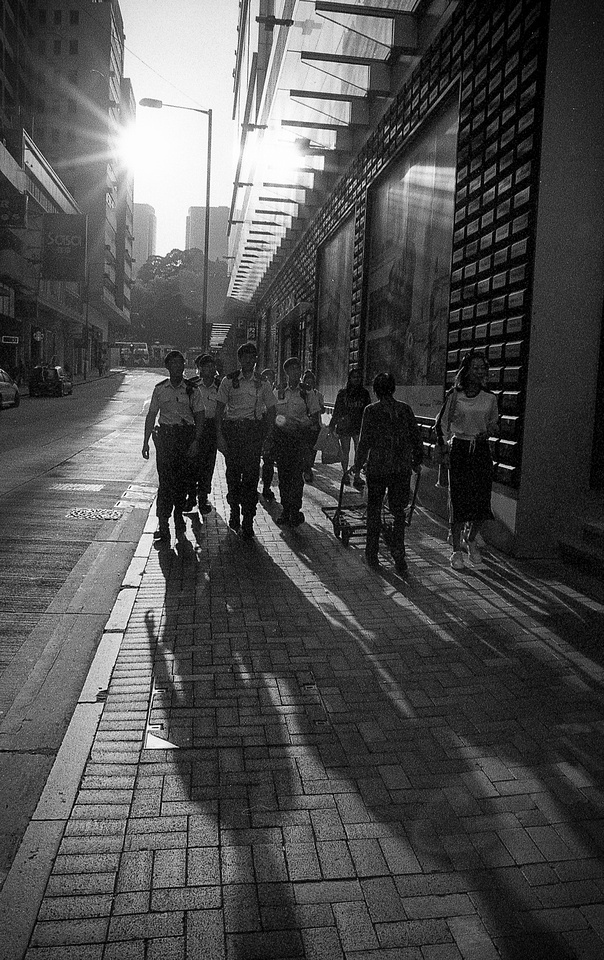

Finally, there are many ways to define a “healthy” life. Work, relationships, sexual connections, financial, spiritual, and physical areas are all generally accepted areas of attention for good health. I suggest that to develop your creative side [and yes we all have one] is to lead a well-balanced and healthy life. All parts of you need to be activated for optimal life heath. Do it for yourself, and others, and the world at large, whatever “it” might be.
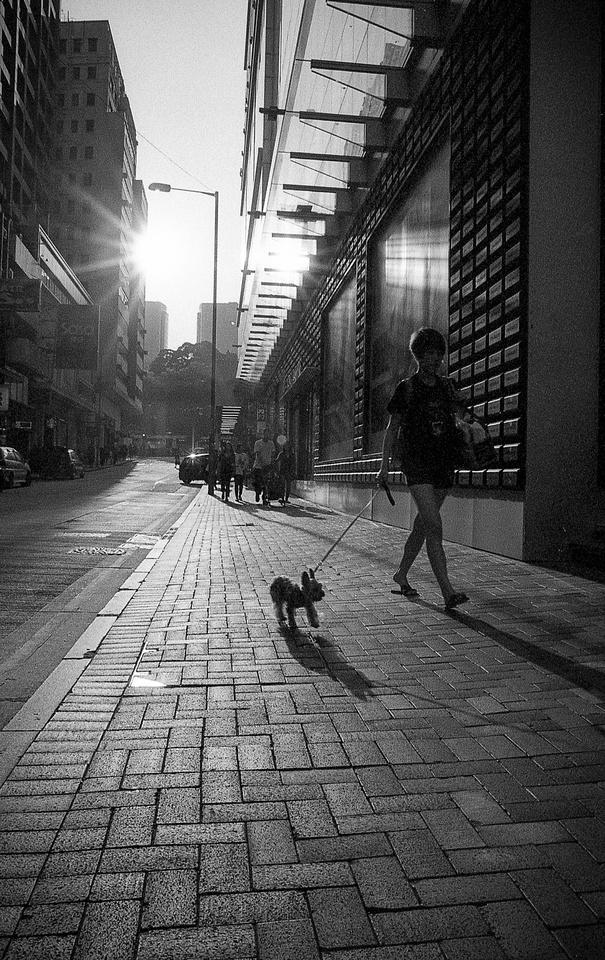

The light is always right.
jhg
**Images in this blog post were made on a Nikon camera, probably a 28mm lens, Kodak Tri-X 400 35mm film and developed at home with Bergger Berspeed somewhere on the streets [and ferry] of Hong Kong**
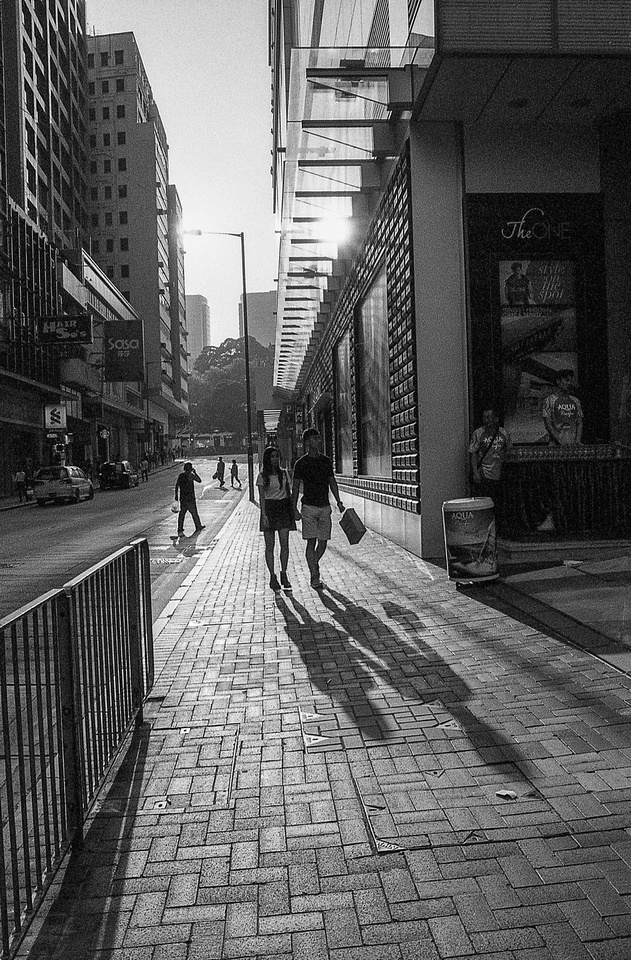

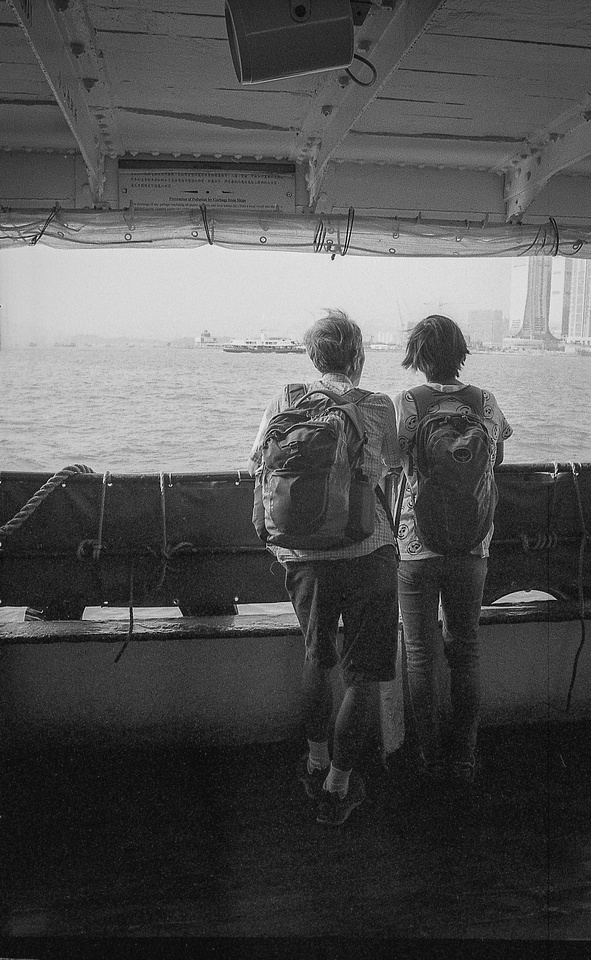

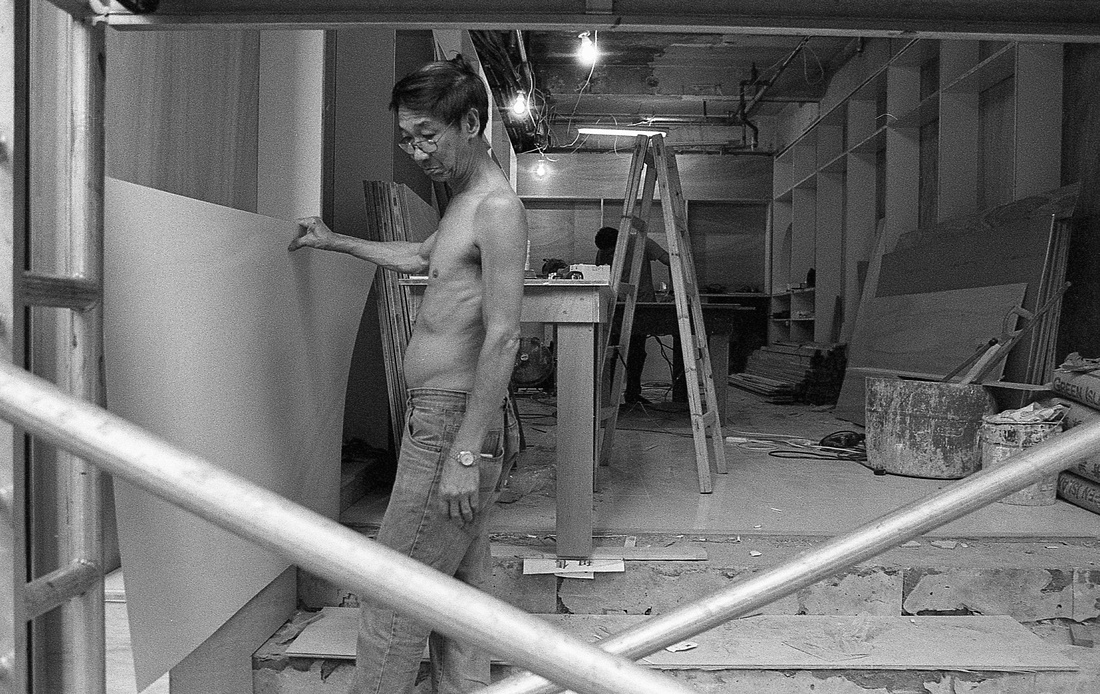

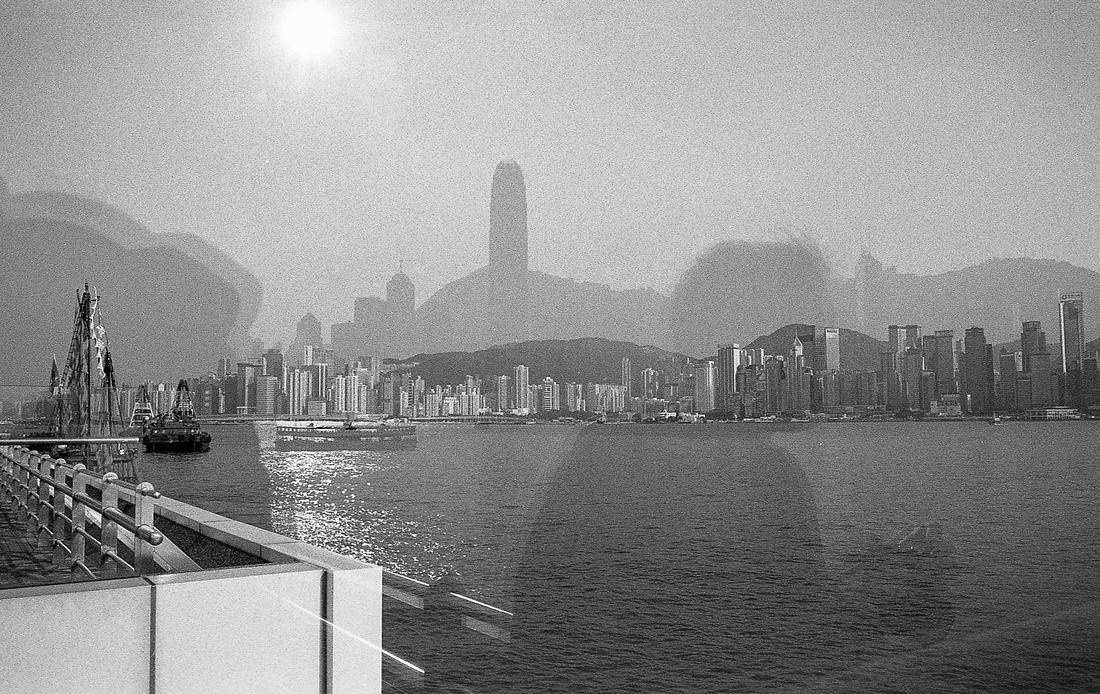



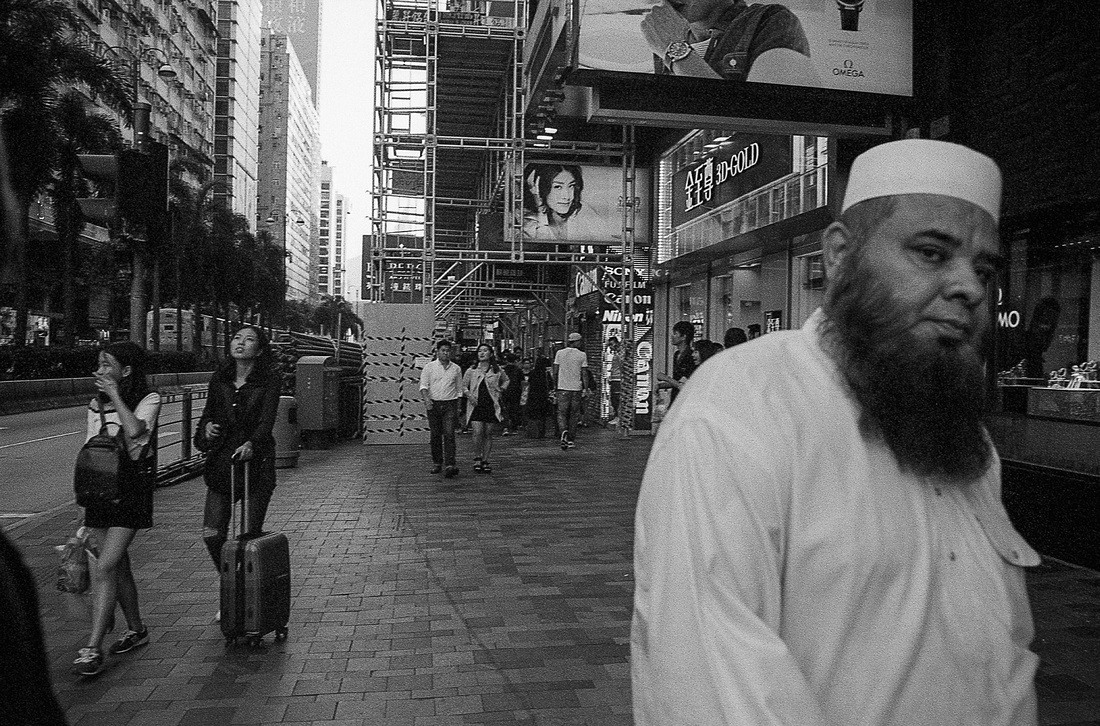

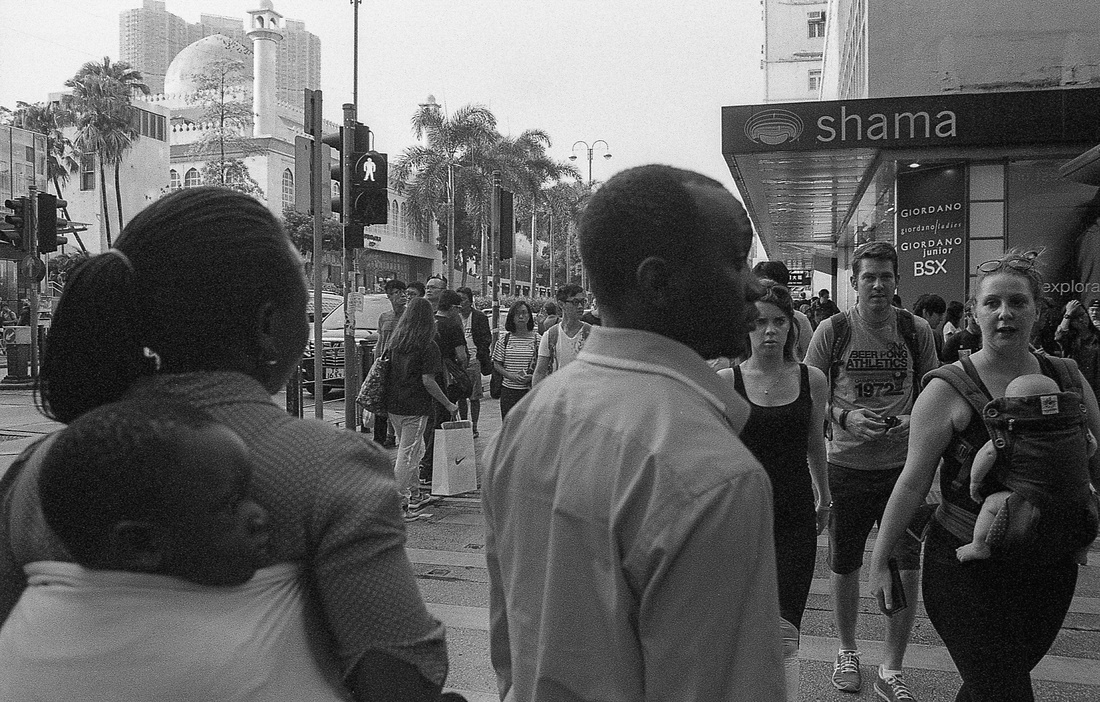

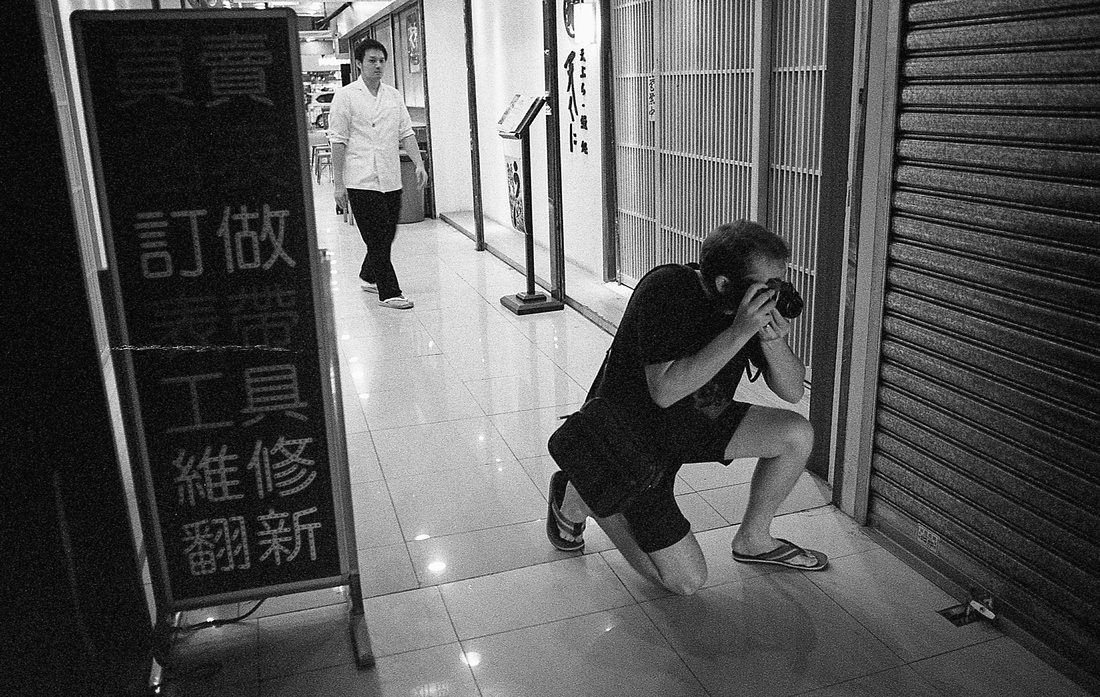

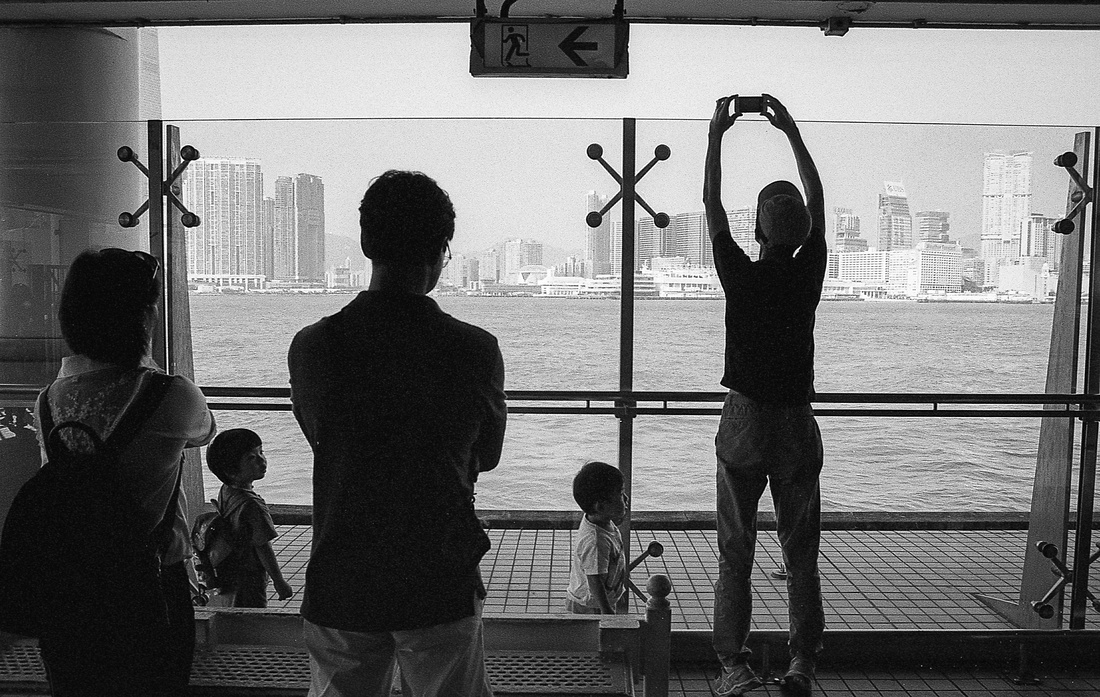

Casual Photophile Tip & Techniques No. 001 The Subject is the Subject
The Inspired Eye Photography Magazine Issue #40 (full interview)
Hong Kong Free Press: HKFP Lens
Blog #47 Composition, Composition, and More Composition
Blog #65 Summer is for Travel (Hanoi)
Blog #67 Risks, Rules, & Restrictions
Blog #68 Photography is a Gift
Blog #72 Living the Creative Life